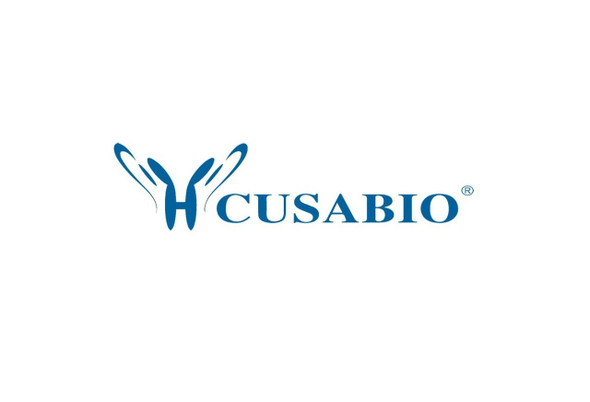Cusabio Polyclonal Antibodies
Phospho-SMAD2 (Ser250) Antibody | CSB-PA788461
- SKU:
- CSB-PA788461
- Availability:
- 3 to 7 Working Days
- Size:
- 100ul
Description
Phospho-SMAD2 (Ser250) Antibody | CSB-PA788461 | Cusabio
Phospho-SMAD2 (Ser250) Antibody is Available at Gentaur Genprice with the fastest delivery.
Online Order Payment is possible or send quotation to info@gentaur.com.
Product Type: Polyclonal Antibody
Target Names: SMAD2
Aliases: JV18-1; MADH2; Mad-related protein 2; Mothers against DPP homolog 2;
Background:
Transcriptional modulator activated by TGF-beta and activin type 1 receptor kinase. SMAD2 is a receptor-regulated SMAD (R-SMAD) . May act as a tumor suppressor in colorectal carcinoma.
Fransvea E, Mazzocca A, Antonaci S, Giannelli G (2009) Hepatology 49, 839-50 . Funaba M, Zimmerman CM, Mathews LS (2002) J Biol Chem 277, 41361-8. Kretzschmar M, Doody J, Timokhina I, Massagu篓 J (1999) Genes Dev 13, 804-16 .
Isotype: IgG
Conjugate: Non-conjugated
Clonality: Polyclonal
Uniport ID: Q15796
Host Species: Rabbit
Species Reactivity: Human, Mouse, Rat
Immunogen: Peptide sequence around phosphorylation site of serine250 (E-L-S (p) -P-T) derived from Human Smad2 .
Immunogen Species: Human
Applications: ELISA, WB
Tested Applications: ELISA, WB;WB:1:500-1:1000
Purification Method: Antibodies were produced by immunizing rabbits with synthetic phosphopeptide and KLH conjugates. Antibodies were purified by affinity-chromatography using epitope-specific phosphopeptide. Non-phospho specific antibodies were removed by chromatogramphy using non-phosphopeptide.
Dilution Ratio1: ELISA:1:2000-1:10000
Dilution Ratio2: WB:1:500-1:1000
Dilution Ratio3:
Dilution Ratio4:
Dilution Ratio5:
Dilution Ratio6:
Buffer: Rabbit IgG in phosphate buffered saline (without Mg2+ and Ca2+), pH 7.4, 150mM NaCl, 0.02% sodium azide and 50% glycerol.
Form: liquid
Storage: Upon receipt, store at -20°C or -80°C. Avoid repeated freeze.
Initial Research Areas: Signal Transduction
Research Areas: Epigenetics & Nuclear Signaling;Cancer;Signal transduction;Stem cells






